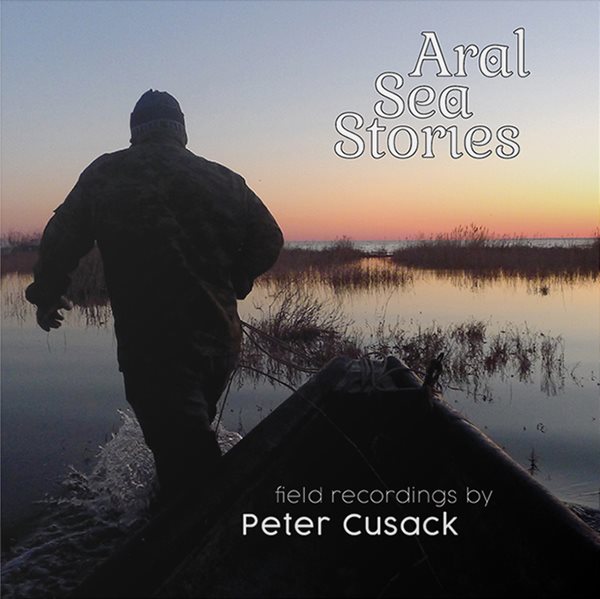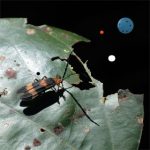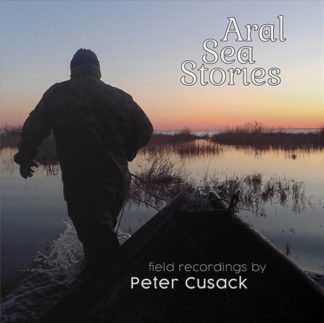Aral Sea Stories And The River Naryn
17,00 € VAT Included
In stock
““Aral Sea Stories” explores the question, “What can we learn of water uses and abuses by listening to their sounds?” It is part of a larger project concerning the disappearance and partial restoration of the Aral Sea in Central Asia over the last sixty years. The tracks were recorded in the village of Tastubek (2013 & 2015), beside the Aral Sea in Kazakhstan, and at the town of Shamaldy-Sai (2018), alongside the Naryn, one of sea’s major source rivers in Kyrgyzstan.
In 1960 the Aral Sea in Central Asia was the planet’s fourth largest lake. Today it has almost disappeared; a victim of massive, water hungry, irrigation schemes, created during Soviet times, that continue to divert much of the flow from its tributary rivers far upstream. It is one of the most significant environmental catastrophes of the 20th century, but one of the least known. However, since independence, Kazakhstan, with the support of the UN and the World Bank, has been attempting to restore the North Aral, about 10% of the original, within its territory. It is a story of hope and success, albeit partial. Rising water levels and the rebirth of the fishing industry are bringing obvious improvements to the local ecology and economy, and show that even major environmental damage can be reversed with sufficient commitment and resources. It is a much needed positive example in today’s climate crisis debate and in re-thinking our whole relationship with the environment.
The Aral Sea is the end point of the vast watershed formed by Central Asia’s two great rivers, the Syr Darya and Amu Darya, that rise in the Tien Sian and Pamir mountains on the borders of China and Afghanistan and flow thousands of kilometres through five countries (Kyrgyzstan, Tajikistan, Uzbekistan, Turkmenistan, Kazakhstan) each with differing water requirements, before reaching the Aral basin. What happens to the Aral Sea is the consequence of all that happens to these rivers on the way. Major hydro-electric dams, huge cotton and other agricultural plantations, international agreements and disagreements over water rights combine with countless industrial and domestic needs to determine the overall impact. It is an impossibly complex, ever evolving, eco-system where physical geography and climate interact with the culture, politics, history and economic beliefs of the peoples who inhabit and control these fascinating areas. And today, like everywhere, the additional effects of global climate change, are also beginning to be felt.
From 2013 Peter Cusack has made three trips to the Aral Sea in Kazakhstan and one to the Naryn river in Kyrgyzstan to make field recordings, take photographs, to talk to people and to try and gain insights into the impacts of water use and abuse on the environment and people of the region. The focus has been as much on the restoration of the sea as on its original disappearance and to prioritise hearing as a way of investigation. All the audio tracks, photographs and notes on this album are the result of these visits.”
Tracklist:
Tastubek, The Aral Sea, Kazakhstan
A1. Aral Sea Thunder 12:21
A2. Ice Bells 10:41
Shamaldy-Sai, The River Naryn, Kyrgyzstan
B1. Akkan Suu 2:55
B2. Perpetual Revolution, Exterior 3:40
B3. Perpetual Revolution, Interior 12:33















